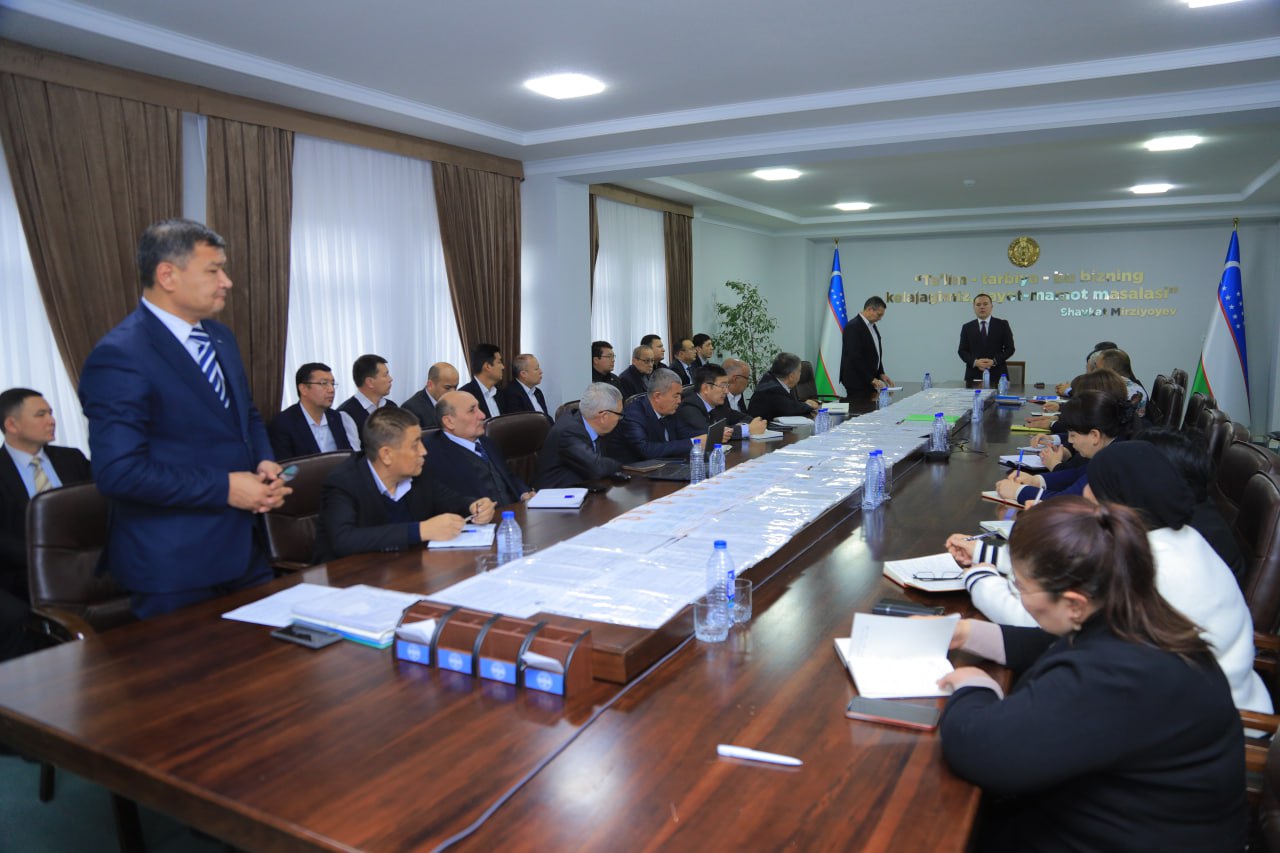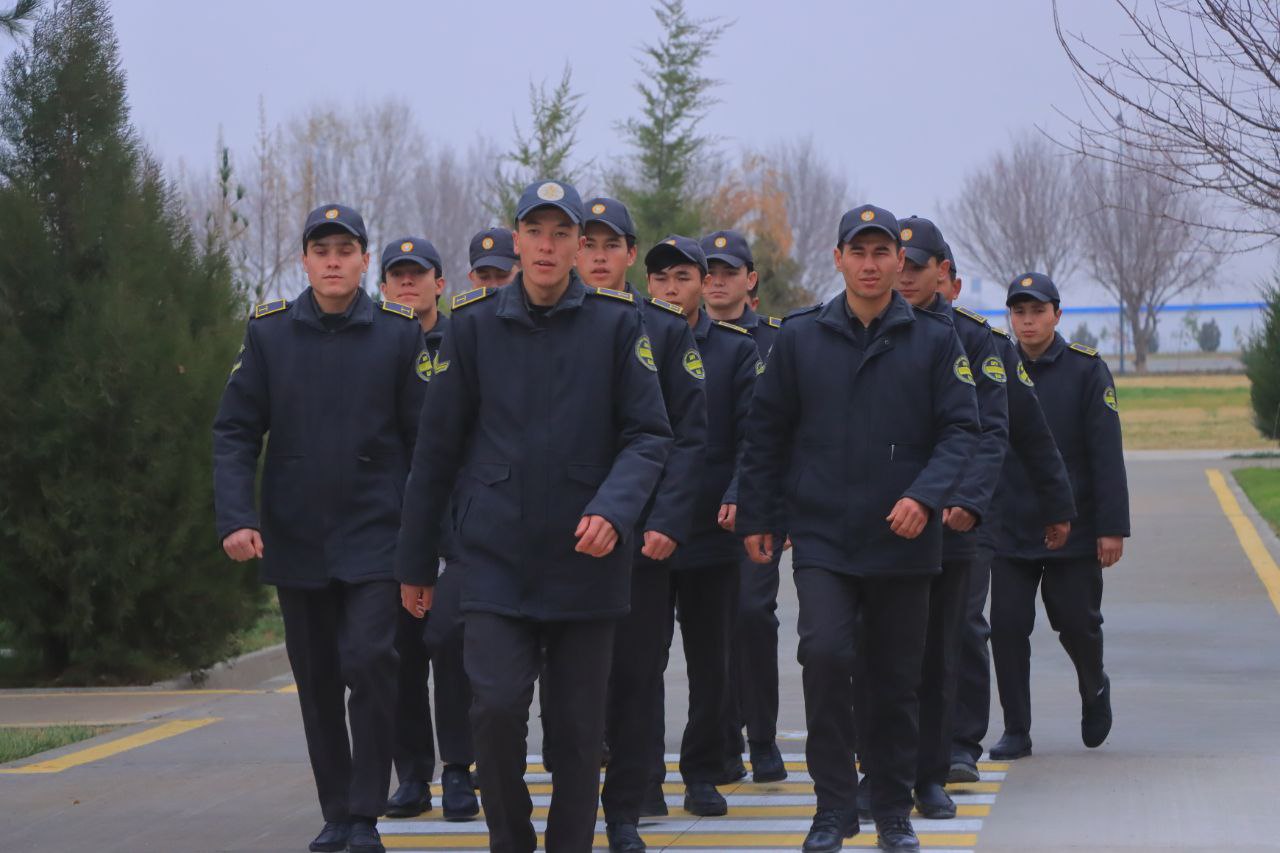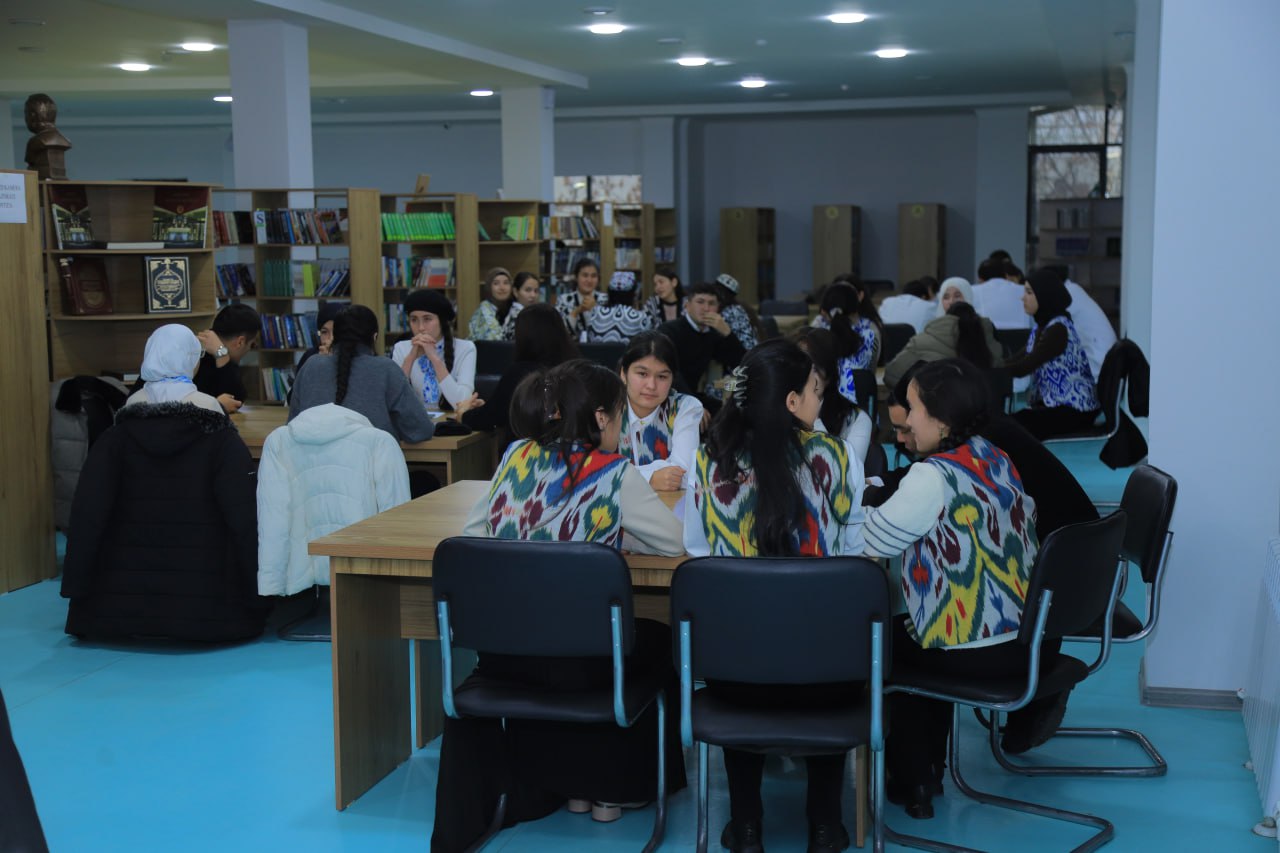Urinboyeva Feruza Zokir qizi
Jizzax davlat pedagogika universiteti oʻqituvchi
Abstract
Language is that the vehicle needed for effective human-to-human interactions and yields a more robust understanding of one’s own language and culture. Foreign pedagogy refers to the teaching of a nonnative language outside of the atmosphere wherever it’s usually spoken. A distinction is usually created between ‘foreign’ and ‘second’ language teaching. A second language implies that the learner resides in an environment where the noninheritable language is spoken. within the space of research, the term second language acquisition may be a general term that embraces foreign acquisition and investigates the human capability to be told languages then again, the primary language once it’s been acquired. Inquiries of teaching innovations have provided new insights into victorious acquisition ways and environments designed to extend language accomplishment and proficiency. Foreign language education refers to the teaching of a contemporary language that’s neither a politician language nor the tongue of a major a part of the population.
Kеywоrds: Task primarily, Particular topic, Cautious preparation, Physical response, Teaching innovations, Contemporary language, Automated responses
Introduction
The fundamental reason of this newsletter is to offer distinct strategies of overseas language coaching which are in use today. In theory, college students could study the overseas language naturally, as they discovered their local language as a child, and automated responses to questions could turn out to be instinctive. The attention could usually be on herbal language, and addiction formation turned into an important thing to learning. When college students made mistakes, instructors could lightly accurate them. When they used the language correctly, they have been praised. In this way, college students have been meant so that you can decide a grammatical rule for themselves.
While the thoughts had been interesting, in exercise this become a short-lived concept because of the established loss of fulfillment of coaching L2 grammar through induction and colleges now no longer being capable of offering a totally immersed environment. What may an immediate technique or herbal method hobby be? It may be as easy as a trainer asking questions, with the scholars answering, both accompanied through correction or reward. It may be a teacher analyzing a passage aloud, giving it to her college students, after which having them study it aloud, in order that via repetition and correction, college students might apprehend in an equal manner that youngsters study styles via having their dad and mom study to them. Or it may be asking college students to jot down a paragraph of their very own words, once more with the correction or reward to follow.
Various methodologies in teaching foreign languages.
All strategies are a pre-packaged set of specifications of how the teacher should teach and the way the learner should learn derived from a selected theory of language and a theory of language learning. For the teacher, methods impose what materials and activities should be used, how they must be used and what the role of the teacher should be. For learners, methods prescribe what approach to learning the learner should take and what roles the learner should adapt within the classroom. Underlying every method could be a theory on the nature of language and a theory on the character of acquisition each that comprises the approach. These theories are derived from the areas of linguistics, sociolinguistics, and cognitive psychology and are the supply of principles and practices of language teaching.
Audio-lingual. The idea behind audio bilingualism is that language learning needs learning habits. Repetition is the mother of all learning. this technique emphasizes drill add order to create answers to queries spontaneous and automatic. New forms are 1st detected by students, with written forms returning solely once after in-depth drilling. The language used for these drills relies on what’s needed for practicing the precise form; it’d or may not be natural. An instance of an audio-lingual pastime is a substitution drill. The trainer may begin with a simple sentence, such as “I like sandwiches,” and then she holds up a sequence of images via which college students substitute “sandwich” with every new picture. Another opportunity is a change drill, in which the trainer says, “I write a letter,” which the scholars extrude into, “I don’t write a letter.” Immersion.
Full Immersion is tough to acquire in an overseas language classroom, except you’re coaching that overseas language in the united states of America in which the language is spoken, and your college students are reading all subjects in the goal language. This could suggest your college students are virtually immersed in the language in addition to the subculture for twenty-four hours a day.
For example, ESL students have associate degree immersion expertise if they’re learning in an Anglophone country. In extra to studying English, they either work or study different subjects in English for an entire experience. tries at this technique may be seen in foreign language immersion schools, that have become in style inbound school districts within the United States, and in bilingual education settings. The challenge with the previous structure is that presently because the student leaves the varsity setting, he or she is another time enclosed by the native language.
Total Physical Response (TPR). Total bodily response, or TPR, emphasizes aural comprehension. For example, college students are skilled to reply to easy commands: stand up, take a seat down, near the door, open your book, etc. This first step can later be accelerated to storytelling, in which college students act out movements defined in an oral narrative, therefore demonstrating their comprehension of the language.
Communicative. The communicative method is the maximum broadly used and maximum broadly universal method for classroom-primarily based totally overseas language coaching today, and in lots of ways, is a fruit of these strategies and methodologies that seemed before. It emphasizes the learner’s capacity to speak diverse functions, consisting of asking and answering questions, making requests, describing, narrating and comparing. Task venture and problem-solving— key additives of essential thinking—are the manner via which the communicative method operates. Unlike the direct method, grammar isn’t always taught in isolation. Learning takes place in context; designated blunders correction is de-emphasized in favour of the principle that scholars will certainly increase correct speech via common use. Students increase fluency via speaking in the language as opposed to reading it.
A communicative study room consists of sports via which college students are capable of training session trouble or state of affairs via narration or negotiation, and for this reason, set up communicative competence. Thus a few sports may encompass composing a speech wherein the contributors negotiate whilst and wherein they may be going to consume dinner, developing a tale primarily based totally on a chain of photos or evaluating similarities and variations among photos.
Task-primarily based totally Learning. Task-primarily based totally mastering, a refinement of the communicative approach, specializes in the crowning glory of particular duties via which language is taught and learned. Language newbies use the language that they recognize to finish a whole lot of assignments, obtaining new structures, paperwork and vocabulary as necessary. Little mistakes correction is provided. In this form of mastering environment, three- to four-week segments are committed to a particular topic: ecology, security, medicine, religion, children’s culture, etc. Students find out about a particular topic, step-by-step, the use of a whole lot of resources, with every unit culminating in a very last assignment which includes a written file or presentation. Activities are much like the ones discovered in a communicative study room, however, they may be constantly primarily based totally around a single, particular theme.
Other Methods – Computer-Assisted Language Learning (CALL) — There are some industrial merchandise and online merchandise which might be commonly utilized by impartial language learners. These fall below the CALL method, though some—with cautious preparation—were utilized in tandem with conventional study room instruction.
Reading Method — Sometimes graduate college students or researchers will best want to discover ways to study scholarly articles in a language, in order that they study via the Reading Method, in which sufficient grammar is taught to make it via a trendy article of their field. Students do now no longer paintings on speaking or listening comprehension; rather, they focus on constructing a huge reservoir of specialized vocabulary.
There also are some lesser-used and lesser-prevalent methodologies, including:
- Suggestopedia, in which the mastering surroundings is made as comfortable as viable so students’ mind is capable of absorbing language.
- Community Language Learning, in which the trainer serves as a counsellor in place of a trainer.
- Language analysis/cognizance is a retrograde method that concentrates on studying language information units in preference to actively the usage of language in the classroom.
Now that you recognize some of the methodologies and a way to use them in the classroom, how do you pick the pleasant?
While there is constantly the one application that insist upon an obligatory methodology, doing a top-notch disservice to college students and instructors alike, you need to constantly try and pick the methodologies and processes which might be the handiest in your college students. After all, our task as instructors are to assist our college students to research in a pleasant manner for them—now no longer for us, now no longer for any researcher and now no longer for any administrator.
The best lecturers select the simplest methodology and therefore the best approach for every lesson or activity. They aren’t wed to any specific methodology. Rather they use principled eclecticism, freely moving between lessons, tasks, methodologies and approaches, virtually seamlessly.
Have you ever had to show a constituent that solely seems in written form? and so had your students apply it by writing? Then you’ve used the descriptive linguistics-translation method. have you ever talked to your students in question/answer form, hoping that they’re going to obtain the grammar purpose that you simply are attempting to teach? Then you’ve used the direct method.
Have you ever repeatedly trained grammatical endings, or numbers, or months, maybe before showing them to your students? Then you’ve used the communication method. have you ever contended Simon Says? Or offer your students commands to open their textbook to an exact page? Then you’ve used the overall physical response method. have you ever written a thematic unit on a subject not lined by the textbook, incorporating all four skills and culminating in an exceedingly final assignment? Then you’ve used task-based learning.
Conclusions
Some of the principle processes and strategies of overseas language coaching can be taken into consideration as out of date from a systematic factor of view, a few others appear to be greater current, however, in fact, they all have added improvements at a given moment. However, all strategies have at the least matters in common: 1) their notion to be the great one, and 2) a fixed of prescriptions that instructors must comply with necessarily. Teaching shouldn’t be approached following a specific technique as a fixed prescription, however, the opposite as a dynamic and reflective process, this means an everlasting interplay of few of the curriculum, instructors, students, activities, methodology, and academic materials. What certainly takes place in the schoolroom, along with cautious making plans and evaluation, will become the maximum critical factor instructors must replicate on after which relate to ideas or to different experiences. A lively position for instructors, who layout they’re his personal content material and tasks, school room interplay, materials, methodology, evaluation, etc., is proposed in preference to a passive position this means that dependence on different people’s designs and strategies. It is a great manner of curriculum, instructor and learner development.
References
- Birdsong, , 2006. Age and second language acquisition and processing: a selective overview.
- McArthur, , 2001. World English and world Englishes: trends, tensions, varieties and standards.
- Perani, D., Abutalebi, J., 2005. The neural basis of first and second language
- Ellis, C., 2002. Frequency effects in language processing. Studies in Second Language Acquisition.
- Gardner, R.C., Lambert, W.E., 1972. Attitude and Motivation in Second Language
- Krashen, S., 1982. Principles and Practice in Second Language Acquisition. Pergamon, Oxford,





